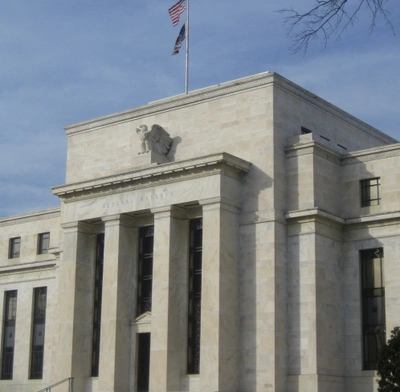All eyes are on the US inflation print due Friday, with cryptocurrency traders bracing for another test of macro nerves.
Crypto Braces for US CPI Data with Doubts Mounting Over Inflation Reliability

According to Dow Jones consensus estimates, the Consumer Price Index (CPI) is expected to rise 0.2 percentage points month-on-month, lifting the annual rate from 2.9% in September to 3.1% in October. Core CPI, which excludes food and energy, is forecast to remain unchanged at 0.4%, broadly consistent with recent readings.
But with the US government shutdown still disrupting the Bureau of Labor Statistics’ data-collection efforts, analysts are questioning the reliability of this month’s figures. “Sceptics like me are going to be focused on how clean this data really is,” said Vishal Khanduja, co-head of multi-sector fixed income at Morgan Stanley Investment Management. “The big question is whether inflation is truly easing or if the noise in the data is hiding it.”
Economists at Royal Bank of Canada have voiced similar concerns, warning that October's CPI could rely more heavily on imputed data than usual because of collection delays. The BlackRock Investment Institute said in a note that the delayed report will give “data-starved investors a final check on whether core inflation is staying sticky before the next Fed meeting.”
Policy direction at stake
A reading above expectations would complicate the Federal Reserve’s path towards rate cuts, pushing yields higher and dampening sentiment across risk assets. A softer print would do the opposite, reinforcing bets that policy easing could start early next year.
Although CPI is watched closely, the Federal Reserve bases its inflation target on the core US PCE Price Index Annual Change. It stood at 2.9% for August, with the next reading due 31 Oct. Any figure above 2% would mark the 55th consecutive month that inflation has held above the Fed’s target.
Goldman Sachs economists said in a client note this week that “the most likely outcome is a steady reading with limited policy impact,” though any surprise could shift the Dec outlook sharply.
“The market is marking time,” Gavin Friend, senior market strategist at National Australia Bank, told Reuters. “There’s not a lot of reliable data right now, and even the CPI report is almost being looked through."
At TD Securities, head of US rates strategy Gennadiy Goldberg told MarketWatch that “with fewer data points, the Fed’s view gets clouded. It makes the reaction function much harder to read.”
Bitcoin’s correlation with macro indicators remains tight, reflecting traders’ sensitivity to rate expectations. When the CPI beat projections in Aug, Bitcoin fell about 4% intraday as two-year Treasury yields spiked.
BTC’s inflation-day scorecard
Over the past 12 months, Bitcoin’s reaction to US inflation releases has been mixed. According to Sandmark's analysis of open-close data on CPI days, BTC gained an average of 3.4% when inflation matched forecasts, but slipped slightly when readings came in above or below expectations.
That pattern suggests traders are responding less to the number itself than to how it reshapes rate-cut probabilities already priced into markets. During December 2024 and January 2025, two months when CPI met consensus, Bitcoin rose more than 4% each day as volatility cooled and liquidity improved. By contrast, April and June 2025 saw softer inflation but mild BTC declines, likely reflecting profit-taking rather than renewed risk appetite.
For traders, Friday’s CPI print may again hinge less on inflation’s direction and more on its credibility. If data uncertainty persists, the macro trade could matter more than the crypto one.
CPI data is expected on Friday, 24 Oct at 12:30 UTC – in the early morning on the US east coast.





